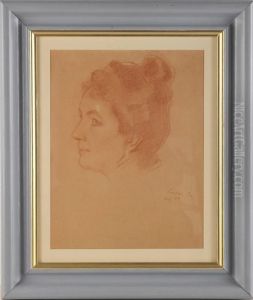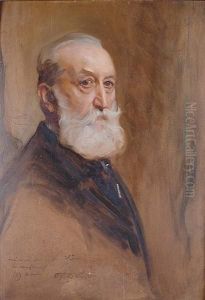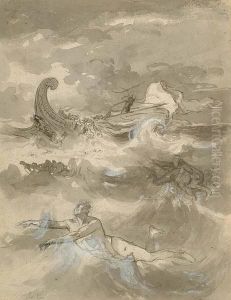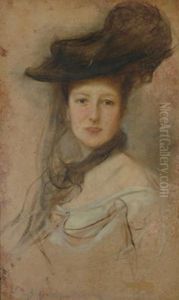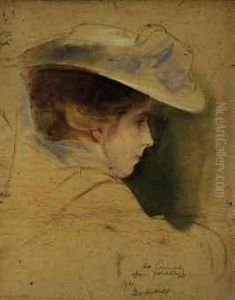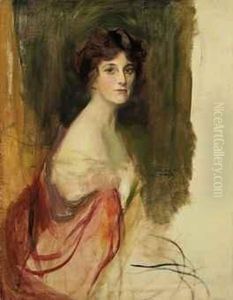Philip De Lazlo Paintings
Philip Alexius de László, born Fülöp Laub on April 30, 1869, in Budapest, Hungary, was a prolific Hungarian painter known for his portraits of royal and aristocratic personages. De László was born to a Jewish family and began his artistic training at the National Academy of Art in Budapest under the guidance of Bertalan Székely and Károly Lotz. He continued his studies in Munich at the Royal Bavarian Academy of Arts, where he was mentored by Gabriel von Hackl and Ludwig von Löfftz. Later, he moved to Paris to further his education.
De László's career began to flourish when he moved to London in 1907. By this time, he had already established a reputation in Europe as a distinguished portrait artist. In England, his work gained the patronage of King Edward VII, and he became a favorite among British and continental European nobility. His ability to capture likeness, personality, and the status of his sitters made him highly sought after. He painted prominent figures such as Pope Leo XIII, Presidents Woodrow Wilson and Theodore Roosevelt, and numerous members of the European aristocracy.
De László's style was characterized by a vibrant impressionistic touch, though he was also influenced by the grand manner of traditional state portraiture. He was adept in the use of color and adept at capturing the textures of fabrics and the subtleties of the human face. He was also known for his speed and efficiency in painting, which allowed him to complete a large number of works throughout his career.
During World War I, de László was interned in Britain as an enemy alien due to his Hungarian nationality but was released in 1919 after a significant public outcry. He became a British subject in 1914 and was knighted in 1930 by King George V, recognizing his contributions to art and his service to the British Empire.
Philip de László's personal life was marred by tragedy when he lost his eldest son, Stephen, in a plane crash in 1935. This event had a profound effect on him, and his health began to decline. He died on November 22, 1937, in London, leaving behind a vast body of work that continues to be celebrated for its artistic merit and historical significance. His legacy is preserved through the de László Archive Trust, which promotes the study and appreciation of his life and work.
